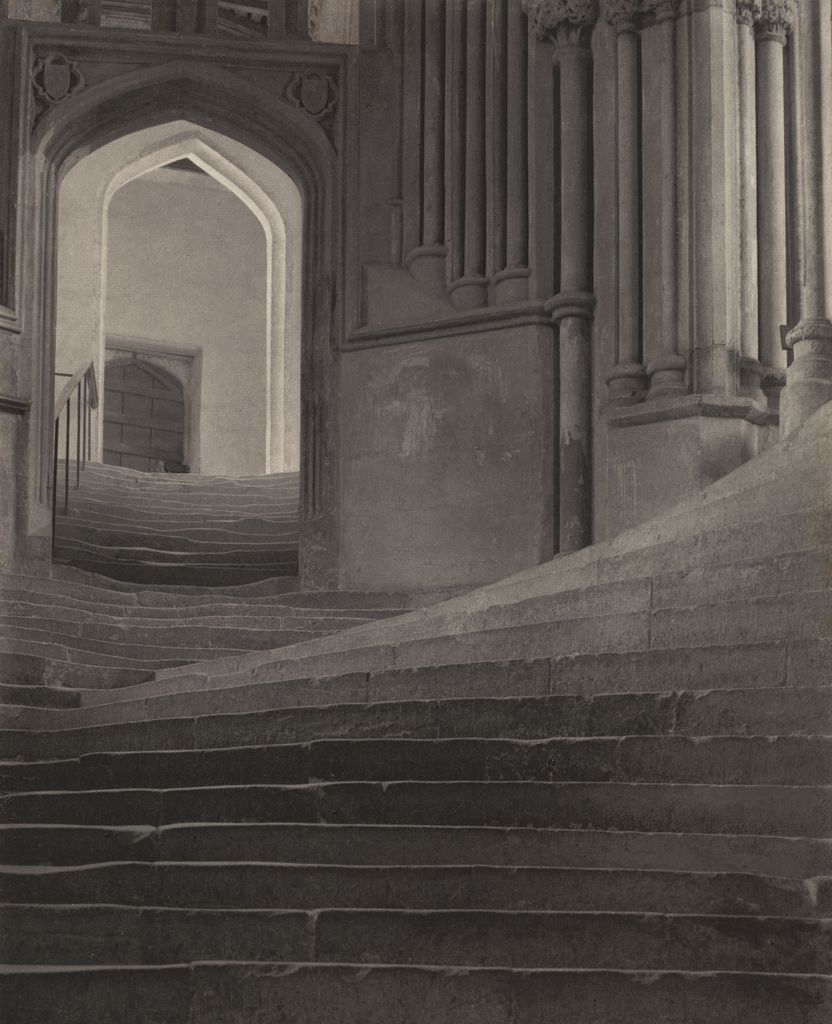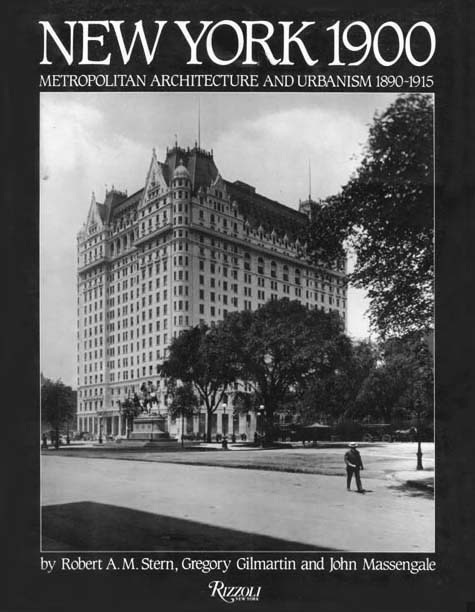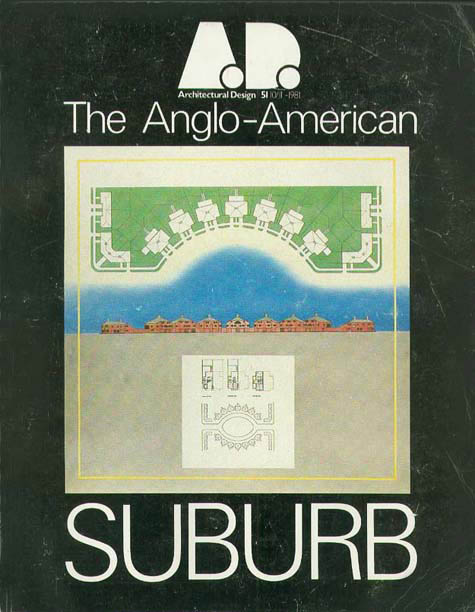“Building for Beauty”
The Wall Street Journal
November 18, 2006; Page P11
By John Massengale
The Architecture of Happiness
By Alain de Botton
Pantheon, 280 pages, $25
CLOSE to halfway through The Architecture of Happiness, populist philosophe Alain de Botton finally gets to his central point, when he quotes Stendahl: “Beauty is the promise of happiness.” For much of the 20th century, Modernism denied this connection between beauty and happiness. But in the 21st century, architects, artists, scholars and critics are returning to the subject. Mr. de Botton’s book is an interesting and perhaps important addition to the debate over the emotional effect that our cities and buildings have on us.
Thinkers have begun approaching the subject from many directions. Christopher Alexander, an architect and mathematician, explores the intersection of beauty, the senses and feeling in his four-volume series “The Nature of Order.” Israeli architect and professor Yodan Rofe walks people around his country’s cities, recording their sense of well being as they stroll. The result: Specific locations consistently made people feel better or worse. In a book called “Emotional Design,” computer science professor Donald Norman analyzes, as his subtitle has it, “Why We Love (or Hate) Everyday Things.”
Now joining this burgeoning area of study is Mr. de Botton, the Swiss-born author of “How Proust Can Change Your Life” (1997), a fixture on British television who lives in London. Taking architecture seriously, he writes, means acknowledging the importance of our surroundings, even “conceding that we are inconveniently vulnerable to the colour of our wallpaper.” The buildings we admire, he says, are ultimately those that refer, whether through materials, shapes or colors, to such positive qualities as friendliness, strength and intelligence.
Our sense of beauty and our understanding of the nature of a good life are intertwined, Mr. de Botton observes. We seek associations of peace in our bedrooms, metaphors for generosity and harmony in our chairs, and an air of honesty and forthrightness in our water faucets. We can be moved by a column that meets a roof with grace, by worn stone steps that hint at wisdom, and by a Georgian doorway that demonstrates playfulness and courtesy in its fanlight window.
The buildings we create today often contradict these ideas of harmony, happiness and beauty. In 2001 in Berlin, the architect Daniel Libeskind made an aggressively angular and intentionally upsetting building for the Jewish Museum, to record what he calls the “displacement of the spirit” that took place during the Holocaust. That’s appropriate for a Holocaust memorial, but Mr. Libeskind inappropriately used the same disturbing geometries for art museums in London and Denver.
Mr. de Botton registers the unhappy legacy of so many inhospitable structures and discusses at length why we need more optimistic buildings today, maintaining that one role of architecture is to supply the qualities missing in a particular society at a particular time. Ancient Greeks had no need to bring nature into their cities because nature was all around them, at close quarters. But in the 19th-century industrial era, when cities grew by leaps and bounds, we romanticized nature and created great urban retreats like New York’s Central Park. Mr. de Botton cites the 18th-century German philosopher Friedrich Schiller, who thought his countrymen were in contact only with their flaws and thereby proneto melancholy and self-destructive poses. “Humanity has lost its dignity,” he wrote, “but Art has rescued it and preserved it in significant stone.” Schiller wanted, instead of art that affirmed society’s flaws, an “absolute manifestation of potential,” like “an escort descended from the world of the ideal.”
We allow contemporary architects like Daniel Libeskind to do the opposite as they attempt to reflect the fragmentation and isolation of contemporary society. We allow this for two reasons. First, many of us expect to be confused or disturbed by modern buildings. We find them dispiriting, but we’re assured by experts and the media that they’re admirable structures. Second, we’re told that architects like Mr. Libeskind are geniuses, so we think we must respect their work. In a Pavlovian way, we see an ugly building and think: “great.”
“The Architecture of Happiness” rightly tells us to trust our senses and personal experience. The bad news is that Mr. de Botton sometimes makes his case in an intellectual, verbose fashion that undermines the emotional resonance he is seeking. This unfortunate tendency in modern intellectual life caused James Howard Kunstler to write that London School of Economics professor Richard Sennett “needs ten pages to say that a healthy young male might find the sight of a naked young woman alluring.”
The good news is that “The Architecture of Happiness” draws on Mr. de Bottonís outsider perspective, to come up with fresh insights. Jane Jacobs, another outsider, brilliantly critiqued the legacy of Swiss architect Le Corbusier’s crazy but professionally acclaimed plan to replace the intimate streets and squares of central Paris with vast anonymous green spaces and scattered towers.
Corb called his scheme The Tower in the Park. Ms. Jacobs pointed out that as used in welfare housing across the United States the buildings are more likely to be “the tower in the parking lot,” and more like “urban removal” than urban renewal. But with his emphasis on experience and the senses, it’s Mr. de Botton who writes, “There is something enervating about a landscape that is neither predominantly free of buildings nor tightly compacted.
Mr. de Botton closes by saying “we owe it to the worms and the trees that the buildings we cover them with will stand as promises of the highest and most intelligent kinds of happiness.” Stendhal would have agreed.
Mr. Massengale is an architect, urbanist, teacher and blogger. Co-author, with Robert A.M. Stern and Gregory Gilmartin, of New York 1900, Metropolitan Architecture and Urbanism 1890 – 1915, he is a visiting critic at the University of Miami and the University of Notre Dame.

Frederick Evans, A Sea of Steps, Wells Cathedral, 1903.
Botton: “We can be moved by… worn stone steps that hint at wisdom.”



